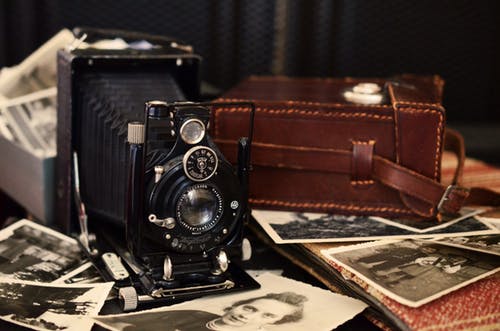Have antiques become obsolete?

Not long ago, two close friends of our family, Terry and Jacqueline, thoughtfully shared that their lifelong passion for antiquing as a small business had changed. More specifically, the couple observed and explained that over the last few years that their business had seemed to transition from finding and providing rarities that people from around the world sought and would purchase to add to their own personal collections, to a growing line of inquiries in which individuals who were intrigued by a unique piece from the past only wanted a picture.
Our friends explained that while they enjoy greatly sharing their significant knowledge of perhaps a dated, more technology-free instrument or machine, that often has historical implications, for example, they’ve had a growing concern that the newest of our generations might not seem to appreciate the values of preservation, longevity or the disruptive innovations and innovators of the distant past.
Their concern is one I share, and I suspect for very similar reasons. I genuinely wonder how much we all may lose when the abundant but simple treasures may one day be gone. Books, music players, and pocket watches immediately come to mind. Equally important are the intimate relationships that are part of having these items among our belongings. Often, they represent our own past; the power of experiences and shared moments that a piece of furniture, a typewriter or an heirloom set of silverware possesses and can so instantly evoke our memory and the special people who helped to create them.

Antiques provide tradition, illustrate legacy, and connect us to those who advanced society in their own time.
While I understand pictures can also hold a deep sense of sentimentality—I’ve personally always favored photographs over video throughout most of my life—I also know well that holding my grandfather’s woodworking tools or the custom billiards cue that my wife’s grandfather loved dearly, puts me back in those moments because I can feel and smell and be captivated by the dimensions of the textures, weights, size, and engineering of these objects that were prominent in their time.
Antiques provide tradition, illustrate legacy, and connect us to those who advanced society in their own time. Antiques also create a sense of wonder and possibility. Consider how often you may have marveled when you receive a rare coin as part of your change after a purchase. To know that, say, a 1940 penny has lasted nearly eighty years is both impressive as well as intriguing to consider whose hands it may have passed through over the decades since it was minted.
I mentioned pictures earlier, and I think it’s also important to understand that many of the antiques of today helped to provide us with the examples and documentation of other artifacts of the past. We should appreciate the instruments that preserve our history as much as their own place in it.
Exactly how might antiques relate to leadership? Well, I’ve touched on tradition, longevity and connecting more of us together because of shared or similar experiences we can relate to one another with because of a common favored toy, china pattern or tapestry one or more of our friends had—just like we had. Perhaps more importantly, leadership is itself a powerful form of disruptive innovation, and we should be both thoughtful and take pride as a curator to preserve our value of the advancements of our organizations and teams that were made possible because of the vision and unique methods and techniques of those most influential who came before us. There is a measure of honor and lineage in being part of any organization that has withstood the test of time.
I believe there is an equally strong measure of stewardship of the values of progress, engineering, and ingenuity. To know we can contribute, even if ever so subtly, to extend the chain of those who influenced not only their team but perhaps even a part of the community—and that could be anything from a town to a society; a business to an industry—is a part of mentoring that the very best leaders somehow communicate as naturally as a skilled craftsman designs and creates fine crystal, silver or artwork.
It seems to me that high standards, when treasured and preserved, never go out of style.

CAREER ADVICE

GOV TALK
